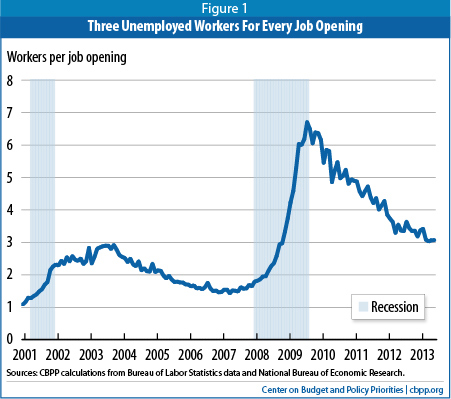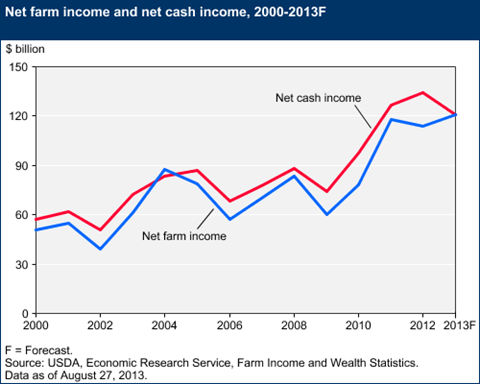
The House will debate this week whether to cut the Supplemental Nutrition Assistance Program (SNAP) by $40 billion over the next 10 years – and eliminate food assistance for roughly 6 million hungry Americans.
The bill is the second front in a battle to divide the farm bill into two bills – the “farm-only” farm bill that passed on a party line vote in July and a separate bill to fund anti-hunger programs like SNAP.
By splitting the farm bill into two pieces, conservative leaders hope to break a longstanding urban-rural coalition that has served supporters of both farm subsidies and feeding programs.
Given the opportunity, however, House conservatives did nothing to rein in farm subsidies.
In fact, they voted to increase unlimited subsidies for some of the largest and most successful farm businesses at time of record farm income even as they rejected reasonable reforms that would have subjected subsidies to means testing, payment limits and greater transparency. Ending direct payments – which are paid regardless of need – and adopting other subsidy reforms would have saved twice as much as the House hopes to save by gutting SNAP.
Now these same conservative members of Congress will vote overwhelmingly to cut benefits for very poor Americans and to place onerous new requirements on SNAP recipients.
In particular, the SNAP proposal to be considered by the House would end feeding assistance for 2-to-4 million childless adults – a group whose average income is 22 percent of the poverty line – about $2,500 a year. The proposal would also end assistance for nearly 2 million working families and seniors who have gross income or assets modestly above SNAP’s limits but who have little disposable income to spend on food because of high rent or childcare costs. More than 200,000 children in these families would lose free school meals.
More than 80 percent of households getting SNAP assistance have an adult with a job, but the proposal would also cut off many unemployed parents – and their children – who want to work but can’t find a job or an opening in a job-training program. In essence, provisions called “work requirements” will terminate food assistance for Americans who would take a job but can’t find one. In today’s struggling economy, there are three unemployed workers for every available job.

By contrast, times couldn’t be better right now for America’s farm businesses. Net farm income is forecast to top $121 billion this year, the second highest since 1973, and the average household income of large commercial farms tops $200,000 a year. Every measure of farm wealth is off the charts.

But rather than choosing rein in these extravagant and unneeded farm subsidies, the House voted to increase them in two ways – by increasing price guarantees for major crops like cotton and by increasing revenue insurance subsidies. Experts project that these new prices guarantees could cost taxpayers far more than advertised.
Denying food to the very poor while increasing subsidies for the very rich isn’t just Robin Hood in reverse. It’s also bad politics for Republicans in competitive races, since many SNAP recipients are rural or elderly GOP voters. Of the 253 counties where SNAP growth doubled between 2007 and 2011, 213 were won by Mitt Romney.



